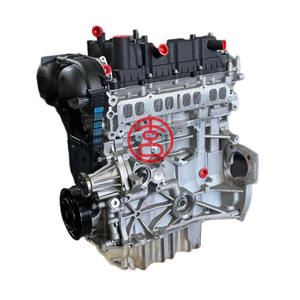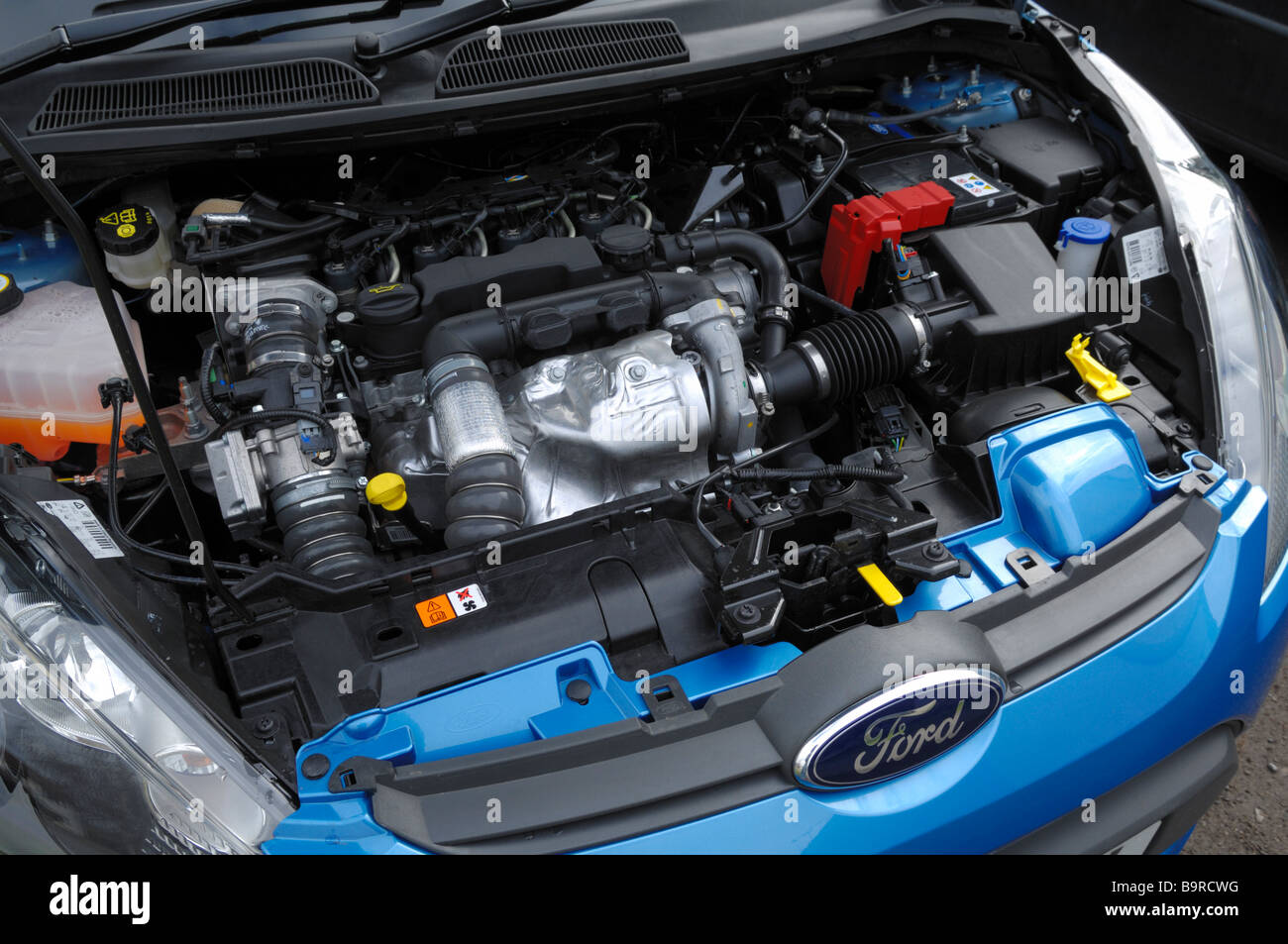Upgrade Your Ford Fiesta Engine for Better Fuel Economy and Power
Upgrade Your Ford Fiesta Engine for Better Fuel Economy and Power
Blog Article
Checking Out the Evolution of Engines: From Traditional Styles to Modern Marvels
From the preliminary heavy steam engines that powered the Industrial Transformation to the development of inner burning engines that changed mobility, each phase has actually contributed to greater effectiveness and ability. As we check out these landmarks, one need to take into consideration exactly how the future of engine layout might unfold, testing our understandings of power and performance.
The Birth of Engine Innovation
The development of engine technology noted an essential minute in human advancement, transforming energy conversion and transportation. The earliest engines emerged from the requirement to harness mechanical power for functional usage, leading to the advancement of devices that transformed different energy forms into motion (ford fiesta engine).
The growth of the internal combustion engine and the creation of the heavy steam engine militarized a profound shift in commercial capacities. These engines not just improved effectiveness however likewise increased the scope of human mobility, making it possible for unprecedented transportation possibilities. The very early prototypes prepared for the mechanical world, assisting in the increase of markets and reshaping societal frameworks.
As engine layouts developed, they advanced and integrated innovative materials engineering principles, leading the way for modern growths - ford fiesta engine. The birth of engine technology fired up a ruthless search of performance and power, setting the phase for the vibrant advancement of transportation and industrial machinery that would adhere to
Vapor Engines and Their Effect

The steam engine's effect was particularly obvious in the transportation industry (ford fiesta engine). Steam-powered locomotives facilitated the rapid motion of items and people throughout huge distances, successfully reducing the geographical barriers that had formerly hindered profession and interaction. Steamships transformed marine traveling, enabling for quicker and a lot more reputable crossings of oceans and rivers.
In industry, vapor engines powered manufacturing facilities, making it possible for mass manufacturing and the rise of city facilities as centers of financial task. Vapor technology cultivated technologies in design and manufacturing procedures, laying the foundation for future advancements in engine layout.
The Rise of Inner Combustion
Regularly overshadowing vapor power, the rise of inner combustion engines noted a transformative change in transportation and industry throughout the late 19th and very early 20th centuries. The advancement of these engines, identified by their capability to melt fuel within the engine itself, allowed greater effectiveness and power contrasted to conventional heavy steam engines. Introducing inventors such as Nikolaus Otto and Rudolf Diesel played critical functions in perfecting engine designs, bring about prevalent fostering in vehicles, boats, and commercial equipment.
The internal combustion engine's small dimension and relatively lightweight nature promoted the introduction of personal automobiles, transforming private mobility and reshaping metropolitan landscapes. By enabling faster travel and the effective transportation of products, these engines militarized financial development and fostered globalization. The flexibility of fuel choices, consisting of fuel and diesel, better enhanced their allure, allowing for diverse applications across various industries.
In spite of the environmental issues that would later occur, the initial allure of internal combustion technology stocked its transformative possibility. As culture weblink welcomed this technology, the structure was laid for modern-day transport systems, establishing internal burning engines as a foundation of industrial innovation and day-to-day live throughout the 20th century.
Advancements in Engine Performance
As interior combustion engines became integral to transport and market, the focus changed in the direction of enhancing their efficiency to fulfill growing demands for efficiency and sustainability. Developments in engine design, product science, and technology have actually substantially added to this advancement.
One significant improvement is the advancement of turbocharging, which enables raised air consumption, causing even more complete fuel combustion and improved power outcome without expanding engine size. Furthermore, variable valve timing systems have been implemented to enhance engine performance across numerous RPM ranges, therefore improving gas effectiveness.
The usage of advanced fuel shot innovations, such as straight injection, has actually likewise played a vital role. This approach permits for even more accurate control over the fuel-air blend, advertising better combustion and lowering emissions. Moreover, light-weight products, including aluminum and composite components, have been taken on to lower overall engine weight, resulting in improved efficiency.
These innovations reflect a broader trend within the automobile market, where the harmony in between design technology and go to this website environmental considerations drives the ongoing quest for higher efficiency in interior burning engines. Because of this, contemporary engines are currently a lot more effective, cleaner, and effective than ever, paving the way for a more sustainable future in transport.
The Change to Electric Power
With expanding problems over environmental influence and fossil fuel dependence, the auto sector is experiencing a considerable change in the direction of electrical power. This transition is driven by a combination of technological advancements, governing stress, and changing customer choices. Electric cars (EVs) offer an engaging choice to traditional internal burning engines, flaunting decreased greenhouse gas discharges and lower operating expense.
The surge of battery technology has actually been a video game changer, with lithium-ion batteries becoming a lot more economical and reliable. Enhanced power density and faster billing capacities have actually made EVs a lot more practical for daily usage. Moreover, governments worldwide are great site applying rewards and setting enthusiastic targets for eliminating fossil gas cars, thus increasing the adoption of electrical power.
Major automakers are investing heavily in r & d, causing the introduction of a varied array of electric versions. This includes not only guest vehicles yet also industrial automobiles and public transportation options. As charging infrastructure expands and battery innovation continues to boost, the shift to electric power is poised to reshape the vehicle landscape, advertising sustainability and innovation in the years to come. The future of transportation is electric, and the momentum is undeniable.
Final Thought
The evolution of engine technology stands for a considerable trajectory of development that has actually exceptionally affected transportation and sector. From the foundational steam engines to the transformative interior combustion engines, each advancement has actually contributed to boosted wheelchair and economic growth.

Report this page